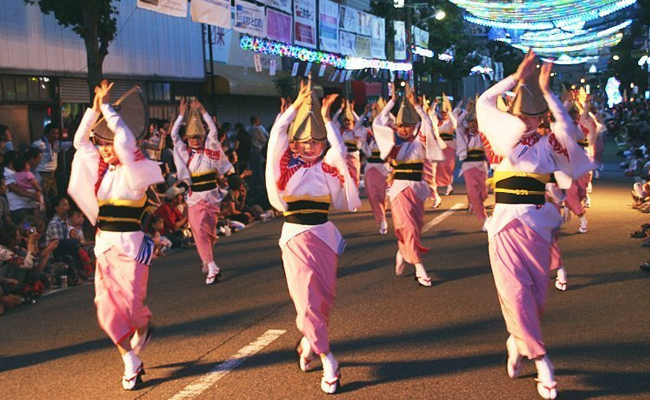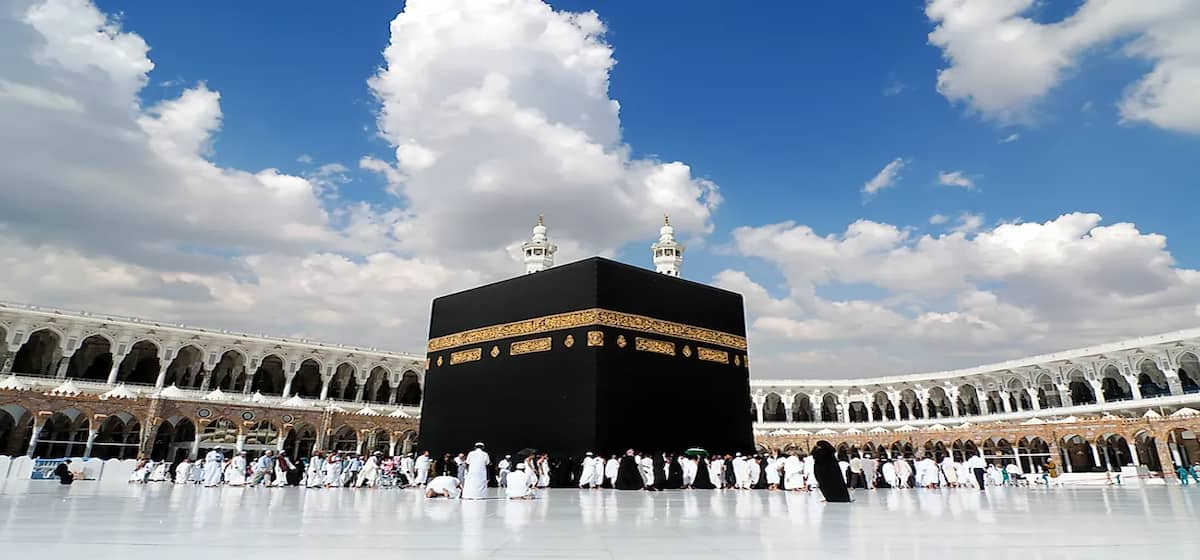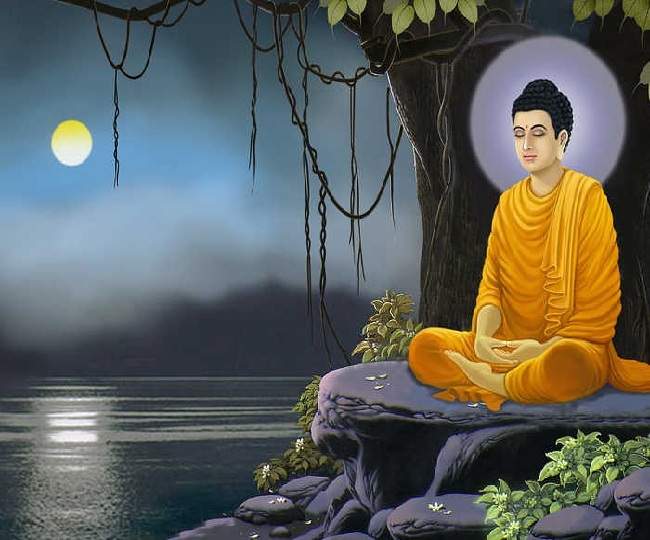Obon Festival in Japan: A Celebration of Ancestral Spirits
Japan is known for its rich cultural heritage and fascinating traditions, and one of the most prominent events on the Japanese calendar is the Obon Festival. The festival is celebrated every summer and is a time for Japanese families to honor the spirits of their ancestors. The festival typically lasts for three days, and during this time, people gather to participate in a variety of activities that pay tribute to their loved ones who have passed away. In this article, we will explore the origins and significance of the Obon Festival and take a closer look at some of the key rituals and customs associated with this important event.
Origins and Significance of the Obon Festival
The Obon Festival has its roots in Buddhist teachings and is believed to have originated in Japan over 500 years ago. According to legend, a Buddhist monk named Mokuren introduced the festival as a way to pay homage to the spirits of the dead. The festival is held during the summer months because it is believed that the spirits of the dead return to the world of the living during this time.
The festival is also influenced by the Japanese tradition of ancestor worship, which dates back to ancient times. In Japan, it is believed that the spirits of the dead continue to watch over and protect their living descendants, and that they can offer guidance and support when needed.
Activities During the Obon Festival
One of the main activities during the Obon Festival is the Bon Odori, a traditional dance performed by groups of people wearing yukata, a type of lightweight summer kimono. The dance is accompanied by taiko drums and other instruments, and the movements are meant to welcome and entertain the spirits of the dead.
Another important aspect of the festival is the preparation of offerings for the spirits of the dead. Families typically prepare food, drinks, and other items that are placed on altars or in front of household shrines. These offerings are believed to provide nourishment and comfort to the spirits of the dead.
During the festival, many Japanese people also visit the graves of their ancestors to offer prayers and pay their respects. This is often done in the evening, when lanterns are lit to guide the spirits of the dead back to the world of the living.
Celebrations Across Japan
While the Obon Festival is celebrated throughout Japan, there are some regions that are particularly well-known for their festivities. In Kyoto, for example, the festival is marked by a giant bonfire that is lit on a mountain overlooking the city. The bonfire is meant to guide the spirits of the dead to the festival grounds, where they can join in the festivities.
In Tokyo, the festival is celebrated with the Asakusa Samba Carnival, a colorful parade featuring dancers, musicians, and elaborate floats. The parade is held in the Asakusa district of the city and attracts thousands of spectators each year.
In the city of Tokushima, located on the island of Shikoku, the festival is celebrated with the Awa Odori, a lively dance that dates back to the 16th century. The Awa Odori is performed by groups of dancers wearing traditional costumes and is accompanied by music played on shamisen, a three-stringed instrument.
Conclusion
The Obon Festival is a time for Japanese families to come together and honor the spirits of their ancestors. The festival is a celebration of life and death, and is an important reminder of the role that our ancestors play in shaping our lives. Whether you are a resident of Japan or a visitor to the country, the Obon Festival is a unique and fascinating event that offers a glimpse into the rich cultural heritage of this amazing country.
![]()





